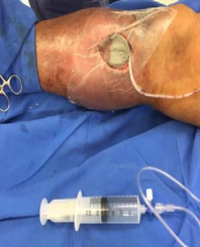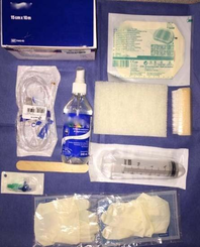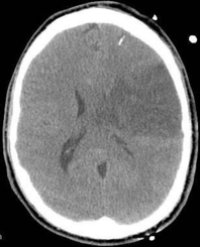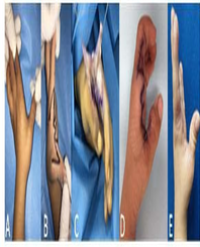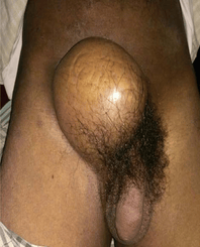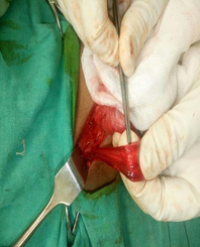
Unique Anomalies of Vas Deferens; A Case Series from Upper Egypt
Background: There are multiple variants of the anomalies of the vas deferens which may not be recognized, resulting in increased chances of intra-operative injury and subsequent complications.
Case series: We have 3 cases with unique anomalies of the vas deferens; the first case was Crossed testicular ectopia with union right vas deferens with the left vas deferens. The second case has absent distal part of the right vas deferens. The third case has absent proximal 2 cm of the vas deferens.
Conclusion: Different anomalies of the vas deferens can be discovered accidentally during routine inguinal surgical procedures. Awareness of the surgeon about these anomalies can reduce intra-operative injury to the vas deferens and subsequent complication.
Sarah Magdy Abdelmohsen1*, Mohammed Hamada Takrouney2 , Mohamed Abdelkader Osman3 and Basel Magdy Abdelmohsen4

